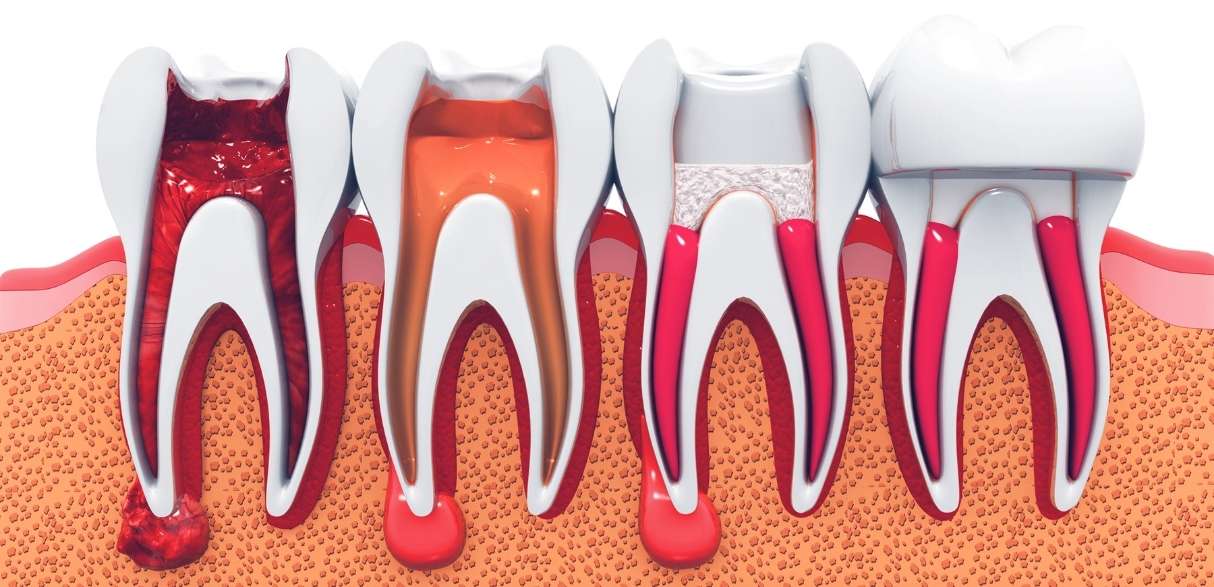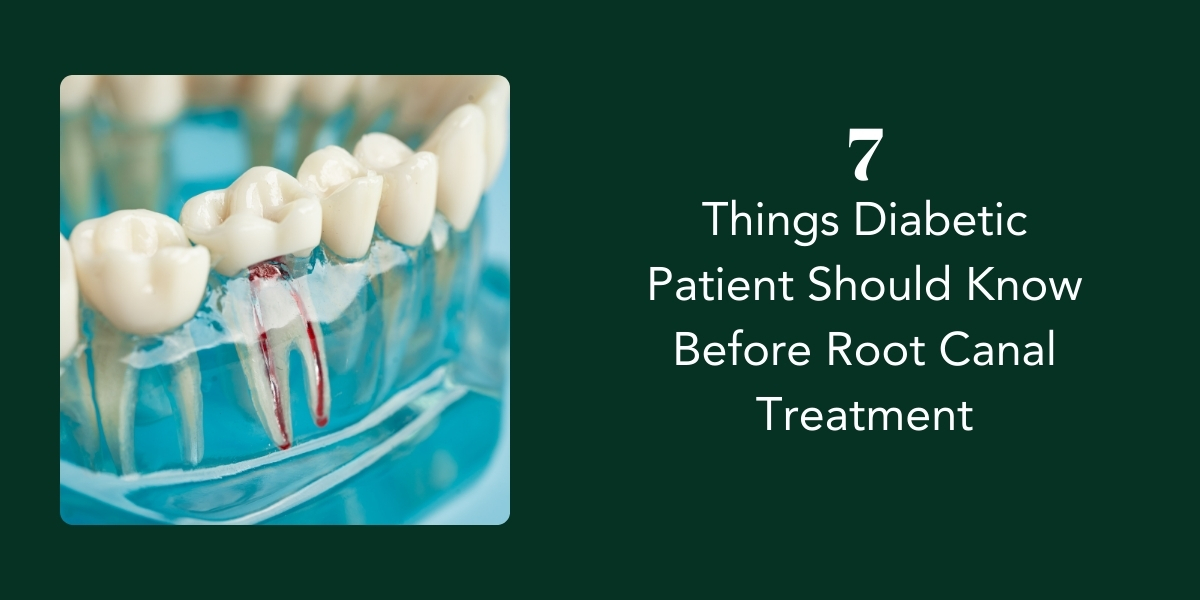
Understanding The Causes Of Tooth Pain After A Root Canal

A root canal is a dental procedure to treat infected or damaged teeth. It removes the tooth’s pulp and nerves, relieving pain and preserving the tooth. Understanding post-procedure pain is vital for patients. Many wonder what is normal after a root canal and what may indicate a problem.
This blog explores the causes of tooth pain after a root canal, the differences between normal and abnormal pain, and how to manage discomfort effectively.
What is a Root Canal?
A root canal is a dental treatment that helps save a tooth suffering from decay or infection. The procedure involves removing the pulp, the soft tissue inside the tooth that contains nerves and blood vessels. Common reasons for needing a root canal include deep cavities, cracked teeth, or trauma.
During the procedure, the dentist numbs the area to minimize discomfort. They then open the tooth’s crown to access the pulp chamber. After removing the infected pulp, the dentist cleans and shapes the canal. This step is crucial for preventing future infections.
Once cleaned, the canal is filled with a rubber-like material called gutta-percha. Finally, the tooth is sealed and often restored with a crown to restore its function and appearance.
Normal vs. Abnormal Pain After a Root Canal
Some pain and discomfort are normal after a root canal. Patients may experience soreness, tenderness, or mild throbbing in the treated area. This discomfort usually peaks within a few days and gradually improves over one to two weeks.
However, not all pain is normal. If the pain becomes severe or worsens over time, it may indicate a problem. Other warning signs include swelling in the gums, persistent or sharp pain when biting, or fever. These symptoms may suggest complications like infection or nerve damage.
It is crucial to differentiate between normal and abnormal pain after a root canal. Normal pain is typically manageable and fades with time. In contrast, abnormal pain often requires professional attention. If you have concerns about your pain levels, do not hesitate to contact your dentist for guidance.
Common Causes of Tooth Pain After a Root Canal
Residual Infection
Sometimes, a root canal may not eliminate all bacteria, leading to residual infection. This situation can occur if some infected pulp remains. Bacteria can multiply, causing renewed pain and discomfort.
Incomplete Cleaning of the Canal
Thorough cleaning of the canal is critical. If the dentist does not remove all infected material, bacteria can linger. This leftover infection can lead to ongoing pain and complications.
Nerve Irritation
During a root canal, the dentist may disturb nearby nerves. This irritation can cause discomfort after the procedure. Nerve tissues may take time to settle down, leading to temporary pain.
Referred Pain
Pain after a root canal may not always come from the treated tooth. Sometimes, pain can radiate from adjacent teeth or areas, making it difficult to pinpoint the source. Referred pain can confuse patients, making them think their treatment failed.
Bite Misalignment
After a root canal, bite misalignment can occur. If the filling or crown is too high, it may cause pressure on the tooth, which can lead to pain when chewing or biting down.
Fractures or Cracks
Fractures or cracks in the tooth structure can develop, especially if the tooth is weak. These issues can lead to sharp pain, especially when pressure is applied. If cracks are present, they may require additional treatment.
Understanding these potential causes of pain can help patients recognize what is normal and what requires attention. If any of these issues arise, it is essential to consult a dentist for further evaluation and treatment.
When to Seek Help?
Knowing when to seek help after a root canal is crucial. Patients should watch for signs that warrant a visit to the dentist. Severe pain that does not improve with over-the-counter pain relievers can be alarming. Swelling in the gums around the treated tooth also signals a possible complication.
Fever, along with persistent pain, may indicate an infection that requires immediate attention. If you experience these symptoms, don’t hesitate to contact your dentist.
Follow-up appointments are also essential after a root canal. Your dentist will check the healing process and ensure no complications arise. Regular check-ups can help identify problems early, preventing further discomfort.
Managing Post-Operative Pain
Managing pain after a root canal can significantly improve comfort levels. Start with over-the-counter pain relievers like ibuprofen or acetaminophen. For safety, follow the dosage instructions on the package.
Applying ice packs to the affected area can help reduce swelling and numb discomfort. Wrap the ice pack in a cloth and apply it for 15-20 minutes. Avoid placing ice directly on the skin.
For the first few days, stick to soft foods that are easy to chew. Mashed potatoes, yogurt, and smoothies can be good options. Rest is also crucial for recovery, so avoid strenuous activities for a few days.
If the pain persists despite these measures, contact your dentist. They can provide additional recommendations and check for underlying issues.
Understanding tooth pain after a root canal can ease patient anxiety. Some discomfort is normal, but knowing when to seek help is vital. Residual infections, nerve irritation, and bite misalignment can cause persistent pain.
If the pain continues or worsens, consult a dental professional for further evaluation. Maintaining good oral hygiene and attending regular check-ups can promote healing and prevent complications. Remember, your dental health is essential for your overall well-being.









